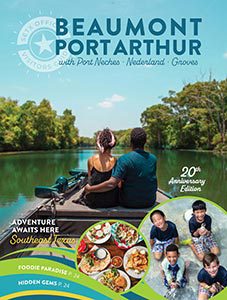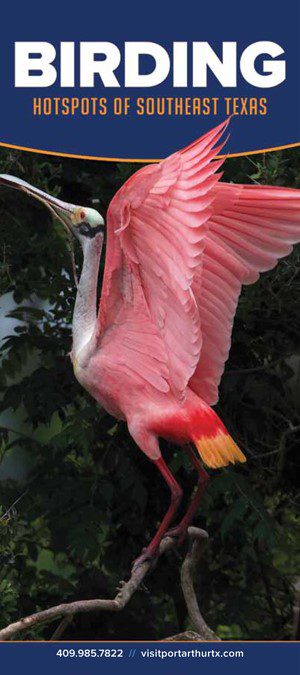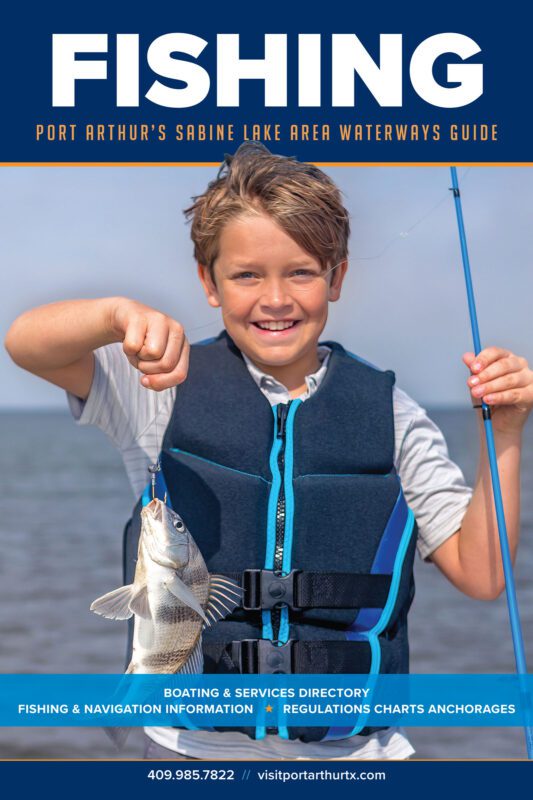Bird-Friendly Native Gardens
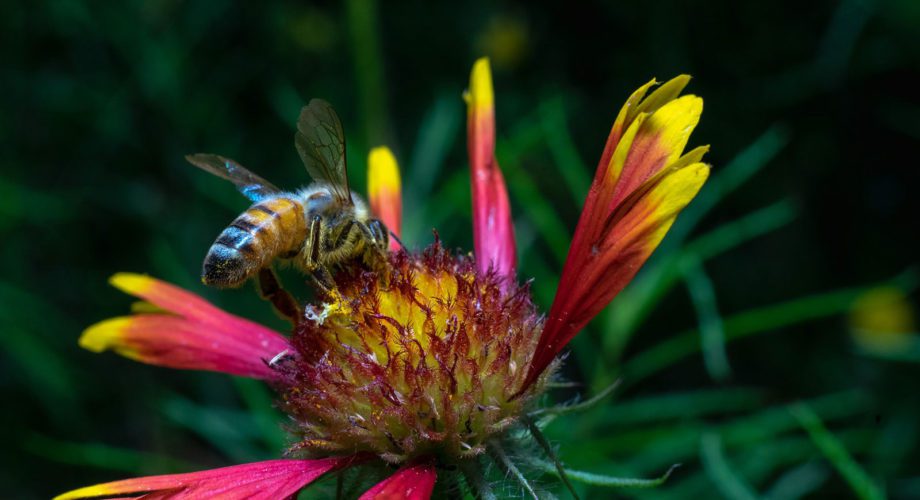
Bird-Friendly Native Gardens
Port Arthur hosts hundreds of bird species throughout the year. Our coastal habitat draws them in from both the Central and Mississippi Flyways. It’s the same scenery that attracts visitors to Sabine Woods and Sea Rim State Park.
How about making your yards and gardens just as alluring to our feathered friends? Here are some tips for keeping things beautiful with native plants:
The Need
Native gardens help protect birds as they provide food and nesting sources and reduce resources required to keep gardens and yards thriving. Native plants are like “sponges” for greenhouse gases. Some tweaks in your garden can make a big difference, like forgoing pesticides. In this blog, we’ll touch on natives, leaving leaf litter and removing aliens. Also consider reducing your lawn to reduce the need for lawn care.
It’s for the birds
Jaclyn Parker – of Texas Master Naturalist, Sabine Neches Chapter says supporting a natural garden is best for the birds, and we have plenty.
“Some of the unique bird species you might see in Port Arthur are the Little Blue Heron, Painted Bunting, Indigo Bunting, Golden-winged Warbler, White -tailed Kite, Prothonotary Warbler, Bald Eagle and a variety of woodpeckers,” Parker says.
The list for colorful birds of spring and fall migration is long. We also love our Cardinals, Blue Jays and American Robins that visit our yards for much of the season. Keeping them watered and fed will keep them healthy and us entertained.
Birds Need Our Help
Parker says birds need our help because: “Their numbers have been declining because of habitat loss, pollution and invasive species. The conservation Ecologists believe that 1/4 of all bird species will be functionally extinct within a century. But our community has a chance to “Be the Change We wish to see in the world.” Homes and local businesses account for 95 percent of the land in the United States. We can turn the numbers all around if we choose to plant native plants in our yards and follow a few more protective measures to support the local food webs in our communities. We need to modify the places we live, work and play to meet not only our own needs but the needs of other species.”
Plant Natives
Grasses, succulents, annuals, trees and shrubs suited to Southeast Texas weather will thrive in our warm, humid climate. American beautyberry grows in our woods and thickets and rewards viewers with clusters of beautiful purple berries in late summer. Live Oak, Firewheel, Little False Bluestem, Rough Coneflower and Cat-Tail Gayfeather are other natives. They have romantic names for us and nourishment for the birds and the bees. Visit local nurseries for the scoop.
American beautyberry grows in rich woods and thickets in East Texas, especially in the coastal plain pinelands. It has small, unspectacular greenish-white flowers in early summer, but they are followed by clusters of beautiful purple berries clinging to the branches in late summer.
Leave Leaf Litter
This has got to be our favorite tip. Leaving leaves where they land keeps volumes out of landfills and forms a natural mulch that suppresses weeds. Save money by making this mulch your fertilizer. Removing leaves can disrupt the leaf litter food process for birds, toads, turtles and other creatures. Butterfly caterpillars and moths overwinter in fallen leaves.
Bonus: Turn that raking and bagging time into “play in the garden” time.
Remove invasive plants
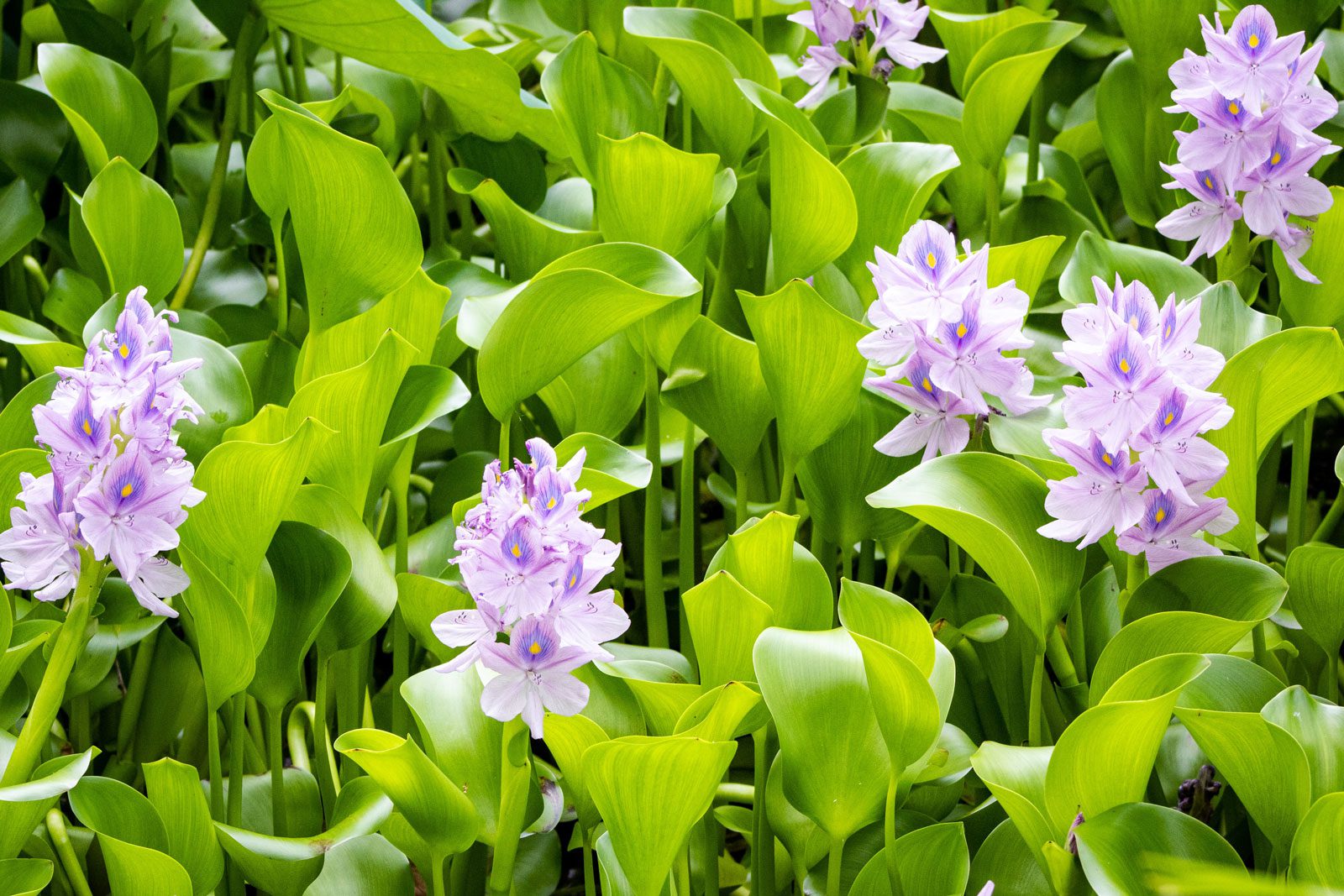
They may be pretty, but they could be “aliens” that want to take over the plants that bring the birds here. Common Water Hyacinth, Paper mulberry and Elephant Ears are considered invasive in parts of Texas.
To learn more about invasive species, visit the Texas Invasive Species Database.
Seasonal bird visitors
With all your natives
*In the spring through early summer listen for Eastern Screech Owls, Barred Owls and Chuck-wills Widow.
*Just as the sun sets Night Herons can be spotted in the crawfish filled ditches of our neighborhoods gracefully savaging for food.
Food, Shelter and Water
Citizens can make little habitats for their yards. Food, shelter and water are what birds need to feel good about being in your yard.
“People need to realize they don’t need a huge space. They can set aside a small corner with their yard to help the overall goal of a bird-friendly city,” Sharon S. Odegar says.
A Master Gardener and Master Naturalist, she is active with the Native Plant Society of Beaumont.
Some of her plant picks are:
- The Common Indian Blanket, which makes seeds for food and is easy to grow.
- Sunflowers
- Coral Honeysuckle Vine which makes good nectar for hummingbirds and makes seeds for the bigger birds
- Mulberry trees give shelter and berries for food.
More resources:
For more on Port Arthur area birding, click here.
The National Audubon Society has plants for birds tips here, and tips for turning your yard into a garden oasis here.
Keep cats indoors, especially during migratory season. Here’s information from American Bird Conservatory here.
Jaclyn Parker’s sources include:
“Nature’s Best Hope, A New Approach to Conservation That Starts In Your Yard” – Douglas Tallamy
“Bringing Nature Home How You Can Sustain Wildlife with Native Plants” – Douglas Tallamy
“Half-Earth, Our Planet’s Fight for Life” – Edward O. Wilson

